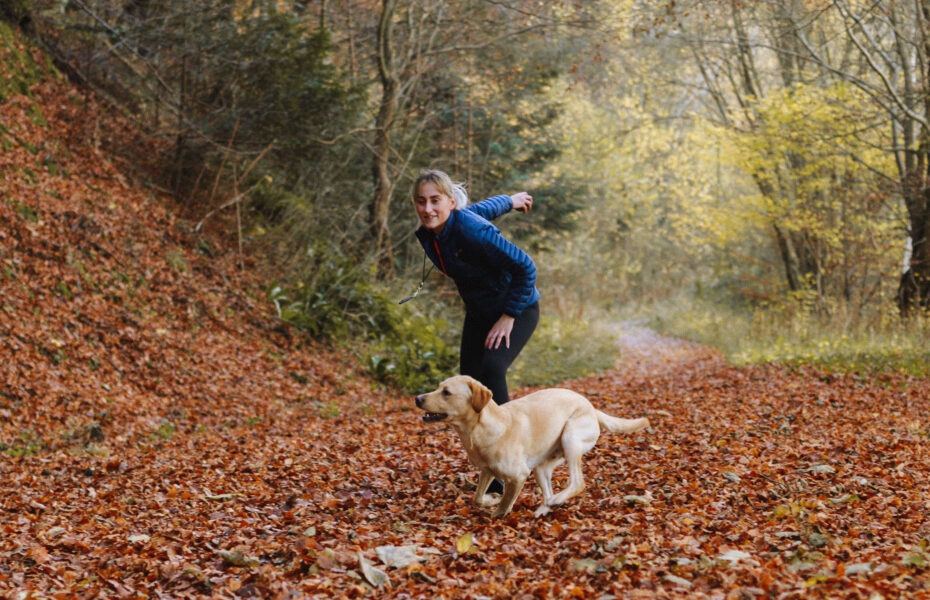Dog behaviour training is vital for building a safe and happy relationship between you and your furry friend. With the right approach, you can lay a foundation that’ll make living together a joy rather than a hassle. It’s about creating a healthy, balanced environment where your dog knows what’s expected and feels secure.
Being the most important thing to your dog means they’ll look to you for guidance and cues. This can play a huge role in their overall behaviour. Your dog needs to see you as the leader in the pack. When they know you’re in charge, they’re more likely to follow commands and behave properly; it’s reassuring for them, too. Establishing this kind of bond takes time, consistency, and lots of positive reinforcement.
Humanizing our dogs, while tempting, can lead to behavioural issues down the line. Dogs are not small, furry humans. They have different ways of understanding and interacting with the world. Treating them as humans can confuse them and create stress. It’s essential to respect their nature and provide clear, consistent training that communicates what’s acceptable and what’s not.
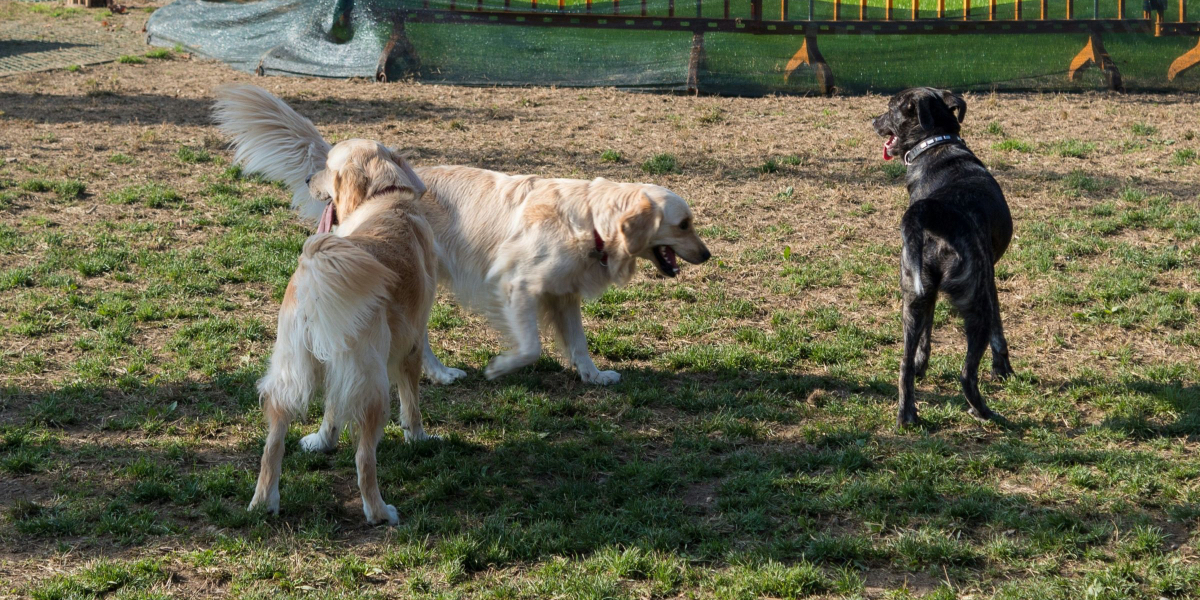
Dog parks can be a double-edged sword. They offer a great opportunity for socialization and play, which is crucial for a dog’s mental and physical health. However, they can also be overwhelming and even dangerous if not managed correctly. Always supervise your dog and be aware of the dynamics in the park. If your dog seems anxious or too aggressive, it might be better to find alternative ways to socialize and exercise them.
One of the biggest challenges of visiting dog parks is that you are literally teaching your dog that all the fun things are away from you. Since they are busy running around and interacting with other dogs they aren’t that interested in you. We’ve found working with dog behaviour training that it’s important to keep the dog focused on you, not other dogs. When your dog associates all the fun good things in their world are coming from you it’s a lot easier to keep their attention and get great training results. Obviously you want your dog to be well socialized but dog parks aren’t the only way to socialize your dog.
Essential Commands Every Dog Should Know
Teaching your dog a solid foundation of commands is key to their safety and well-being. These commands ensure that your dog can interact appropriately with people and other animals, making your lives together more harmonious.
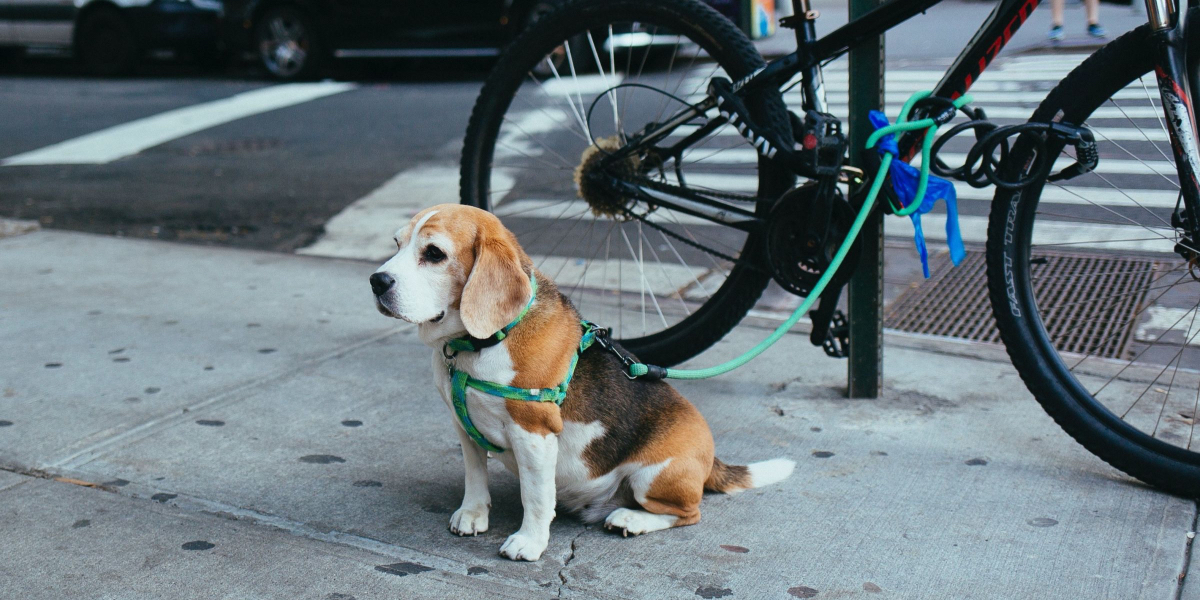
Basic commands like “sit,” “stay,” “come,” and “leave it” are indispensable. “Sit” can keep your dog safe in potentially dangerous situations. “Stay” allows you to control your dog from a distance, crucial for their safety in an unpredictable environment. “Come” ensures they return to you no matter what, while “leave it” can prevent them from ingesting something harmful. These commands form the building blocks of a well-behaved dog.
Teaching these commands requires patience, consistency, and positive reinforcement. Begin with short, clear commands and reward them immediately when they respond correctly. Positive reinforcement can be treats, praise, or playtime—whatever motivates your dog. Repetition is your friend here; practicing these commands in various settings will reinforce their learning.
Good behavior isn’t just about making your life easier; it’s vital for the safety and social interactions of your dog. A dog that knows and follows basic commands is less likely to get into dangerous situations and more likely to be welcomed in social settings. This is particularly important for visits to the vet, groomer, or dog-friendly public spaces. Doing a good job with dog behaviour training makes for a better life for you and your dog.
Attracting your dog’s attention is half the battle. You’re competing with a lot of distractions, so being the center of their world when you’re out and about is crucial. Use enthusiastic tones, eye contact, and your chosen rewards to make yourself more interesting than anything else around. When your dog sees you as the most exciting thing in any setting, they’re more likely to listen and obey.
Health and Exercise: Keeping Your Dog Fit and Happy
Regular exercise is fundamental for a dog’s physical and mental well-being. Dogs need daily exercise to burn off energy, stay healthy, and maintain a balanced temperament.
Taking your dog for a walk is one of the simplest and most effective ways to keep them fit. Walks provide physical exercise, mental stimulation, and opportunities for socialization. Exploring new environments gives your dog a chance to use their senses and engage with the world, which can be particularly stimulating for them.
Ensuring your dog gets enough exercise depends on their breed, age, and health. While some dogs thrive with a few short walks a day, others might need more intensive activities like running or playing fetch. Tailoring the exercise routine to suit your dog’s needs is crucial for their overall well-being.
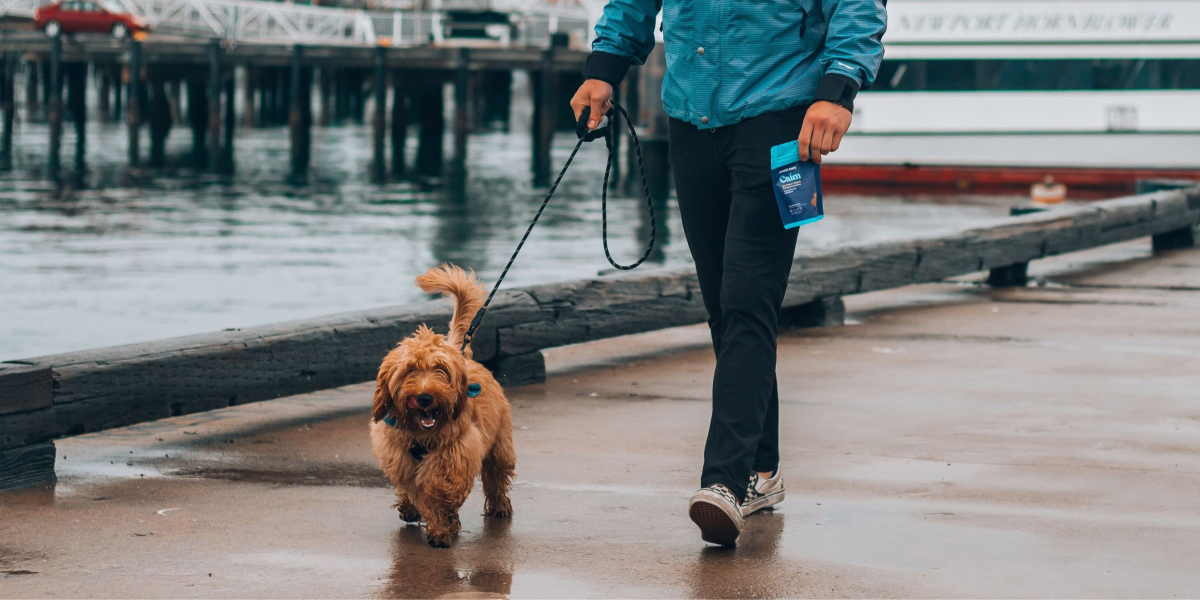
Playing with your dog isn’t just about physical activity; it’s about bonding and having fun together. Games like fetch, tug-of-war, or even hide-and-seek can provide excellent exercise and build a stronger connection between you and your dog. These interactive play sessions can also be great opportunities for reinforcing training commands in a fun way.
Incorporating various activities can help keep your dog mentally stimulated and physically fit. Puzzle toys, agility training, and even obedience exercises are excellent ways to engage your dog’s mind and body. Changing up activities can prevent boredom, which can lead to destructive behavior.
While exercise is crucial, it’s equally important to watch for signs of over-exertion. Dogs can’t tell us when they’re tired or in pain, so it’s up to us to ensure they get the right balance of activity and rest. Monitoring their behavior and adjusting their exercise routine accordingly can help keep them happy and healthy.
Grooming and Hygiene: Dog behaviour training Makes Basic Care Enjoyable
Good behaviour plays a crucial role when it comes to grooming and hygiene. When your dog is well-behaved, grooming tasks become much easier and less stressful for both of you. Proper training can make routine care feel like a rewarding bonding experience rather than a chore.
Teaching your dog to let you brush their teeth can seem daunting, but it’s manageable with a gradual, positive approach. Start by letting your dog get used to the taste of a high quality natural pet-safe toothpaste. Gradually introduce the finger toothbrush, keeping the sessions short and positive. Praise and reward your dog as they become more comfortable with the process. Consistency and patience are key to success here.
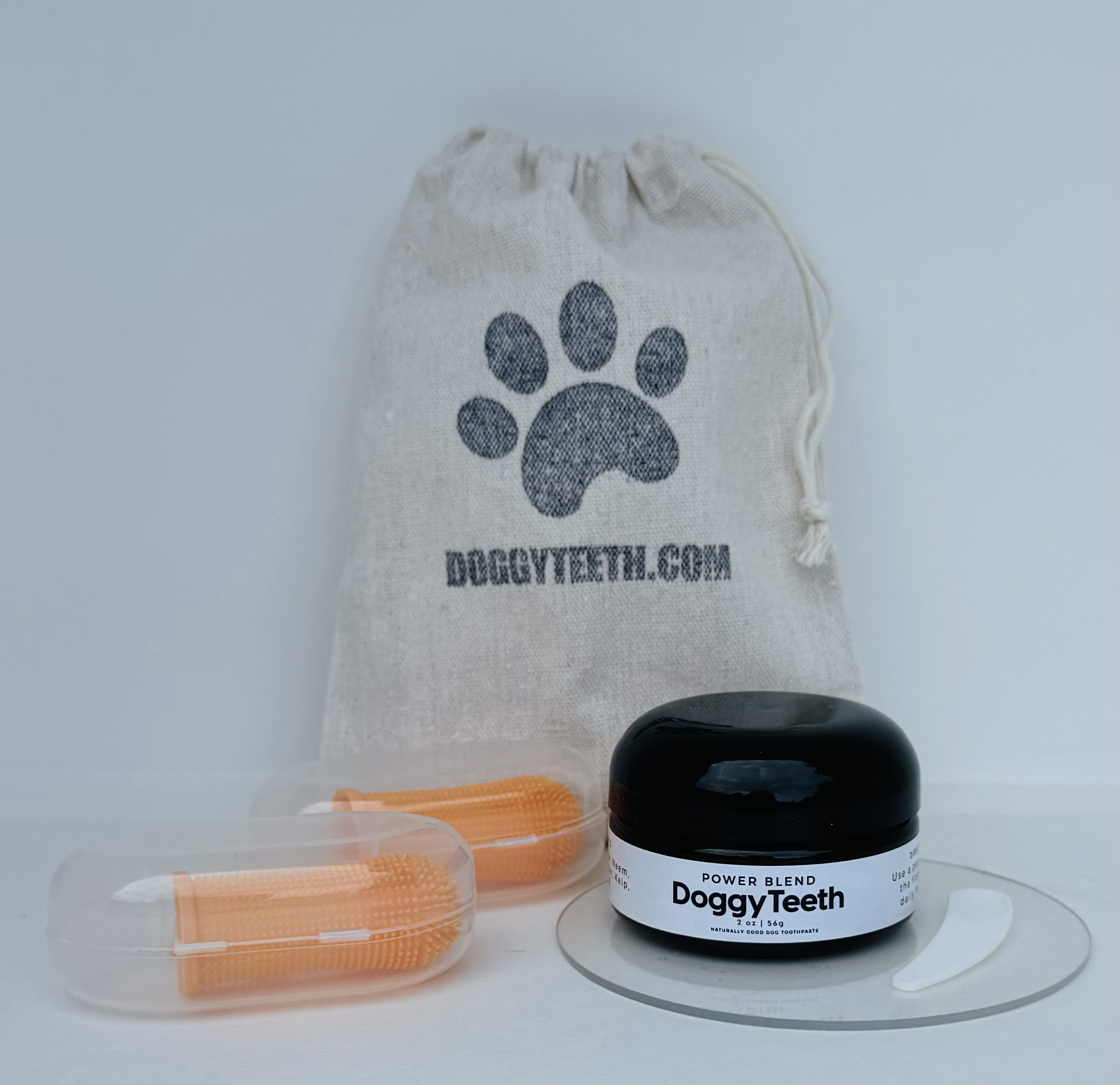
We’ve found the DoggyTeeth Power Blend Kit is the perfect way to create a positive, fun and effective dental care plan to your dog. It’s formulated with grass-fed beef tallow, coconut oil with kelp, olive leaf and neem. The taste is irresistible to your dog naturally and it comes with two high quality finger dog toothbrushes. It’s a breeze to work with and you’ll find it a great training and bonding time with your dog. The best time to brush your dog’s teeth is before meals and make sure you have treats at hand. Make it a fun game and you’ll be amazed at how easy it is.
Establishing a positive grooming routine can make regular care activities much smoother. Begin grooming sessions when your dog is calm and relaxed. Frequent short sessions are often more effective than infrequent long ones. Use positive reinforcement techniques such as treats and praise to associate grooming with positive experiences. Over time, your dog will come to enjoy these sessions as a special time with you.
Stress-free grooming sessions are achievable with the right approach. Creating a calm environment is essential. Soft bedding, gentle handling, and calm, reassuring tones can all help your dog feel at ease. Avoid rushing through the process; instead, take your time to ensure your dog is comfortable and relaxed. Your own calm demeanor will help set the tone for the whole grooming experience.
When you and your dog have a well-established grooming routine, it significantly improves their overall health. Regular brushing, nail trimming, and dental care help prevent common health issues. Plus, it gives you the opportunity to check for any unusual signs or symptoms early on. Regular grooming isn’t just about looking good – it’s about keeping your dog healthy and comfortable.
